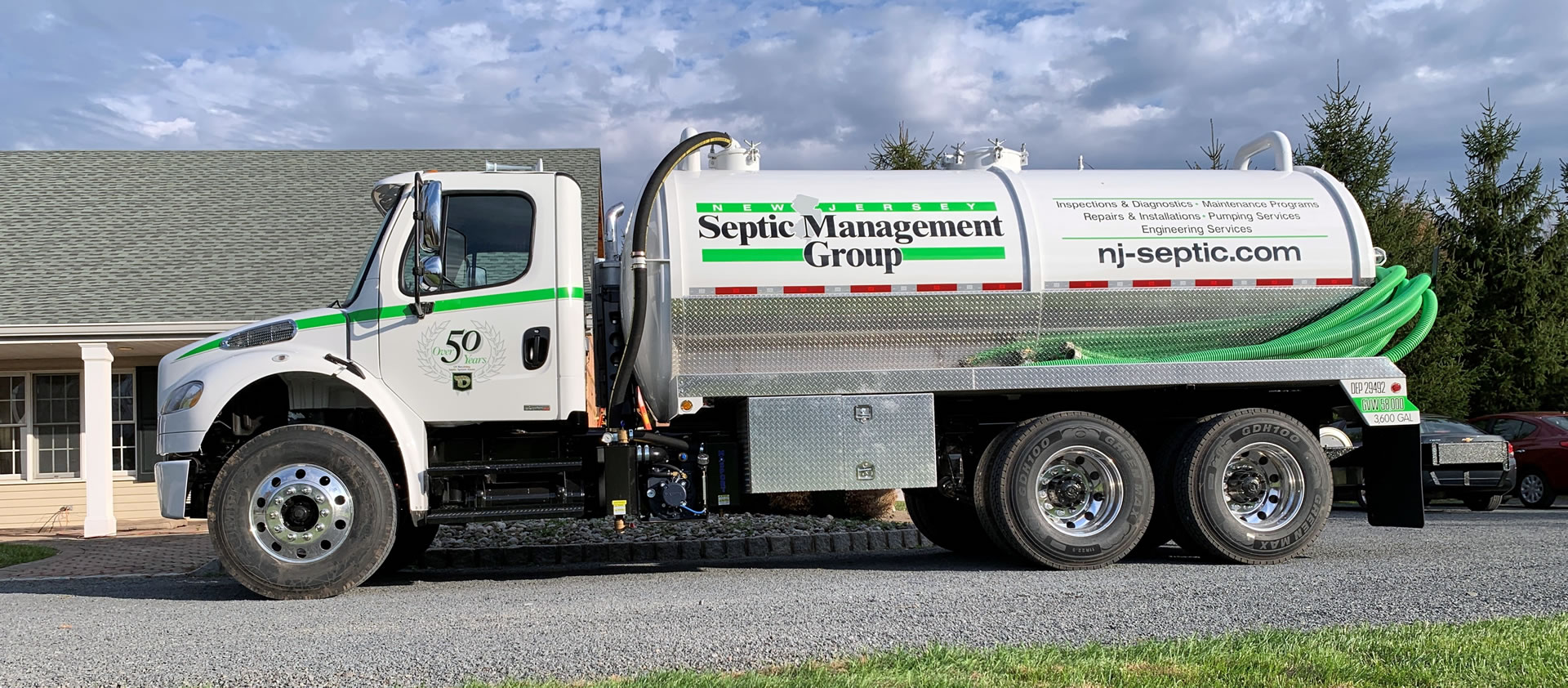Stillwell Septic And Grading Fundamentals Explained
Stillwell Septic And Grading Fundamentals Explained
Blog Article
The Buzz on Stillwell Septic And Grading
Table of ContentsEverything about Stillwell Septic And GradingGetting The Stillwell Septic And Grading To WorkThe Main Principles Of Stillwell Septic And Grading The Of Stillwell Septic And GradingStillwell Septic And Grading - QuestionsThe 2-Minute Rule for Stillwell Septic And Grading
A leaky bathroom can lose hundreds of gallons of water a day. Take bathrooms with a partially-filled bathtub and do not leave the tap running when doing other tasks. Laundry only complete tons of meals and washing.
The Main Principles Of Stillwell Septic And Grading
Avoid shedding heaps of leaves or branches over the drainfield, as the warmth could harm the plastic pipelines listed below. Limit the addition of topsoil or compost to no greater than 2 to 3 inches over the drainfield. Stillwell Septic. A good guideline for landscaping over drainfields is to utilize shallow-rooted plants that do not need extra topsoil to prosper
Turf is the most effective cover. Avoid trees, bushes, and water-loving plants with deep origins. Yards, mixed wildflowers, and ground covers with shallow roots are great choices. Plant trees and shrubs at the very least 30 feet far from your septic system and drainfield to keep roots from getting involved in and breaking or obstructing the drainfield pipes.
For even more details please check out the Landscaping Your Drainfield web page. A septic system failure creates without treatment sewage to be released and transported to where it ought to not be. This may cause sewage to come to the surface of the ground around the container or the drainfield or to support in pipes in the structure.
8 Simple Techniques For Stillwell Septic And Grading
For the most part, the individual that drops in ventures out without serious injury. But a youngster's tragic fatality is a suggestion to check your septic tank for damaged or missing covers. Proprietors of septic tanks are in charge of making sure the systems are safe and function effectively, including having a safe cover on the storage tanks
Use screws, screws, or various other locks to safeguard the lids and prevent very easy accessibility. Never drive or park automobiles on top of septic systems- it can damage or dislodge the cover.
See This Report on Stillwell Septic And Grading
See to it the lids are secured after dealing with your septic system. Teach kids that the septic tank covers are not to be used or opened up. Have septic systems that are no more in operation appropriately decommissioned. For various other general safe techniques around septic tanks please evaluation the Septics 201 DIY Program Septic Security Tips.
Keeping in mind the degrees will certainly help determine if there is a prospective concern with the click to read system. Then, the tank will be completely pumped down, getting rid of every one of the fluid and strong waste. Once the tank is completely pumped, the inlet and outlet tees of the will certainly be examined to guarantee they are still intact and functioning correctly
How Stillwell Septic And Grading can Save You Time, Stress, and Money.
If you are home at the time of solution (totally not needed if that's not your point) you might be asked to flush your commodes to make sure everything is moving appropriately. Once the service is full, the sewage-disposal tank will certainly be covered as it was when we arrived! Specialists suggest having your system pumped every 3 to 5 years but several variables should be thought about when deciding just how often your septic system needs to be serviced.

If your septic has not been serviced in even more than 6 months, we would certainly desire to service the septic. If the issue persists, a drain cleaner will then be sent out to clear the line to the septic tank.
The Best Guide To Stillwell Septic And Grading

If the ponding is concentrated over the leach area that might imply a leach line is blocked with Bio-Mat and requires to be fixed or replaced. A lot of sewage-disposal tanks have two to 3 covers; one over the inlet side of the septic system (where the water from your home gets in the tank), one in the facility of the tank, and one on the outlet side of the tank (where the liquid from the storage tank exits to your leach field).
Cut up food bits do not break down in the septic system and can make their way out into your leach field lines causing obstructions. Waste disposal unit, even those marked septic safe, are not taken into consideration valuable for your septic tank. Proper functioning level is where the water degree in your tank fulfills the outlet tee of the tank.
Report this page